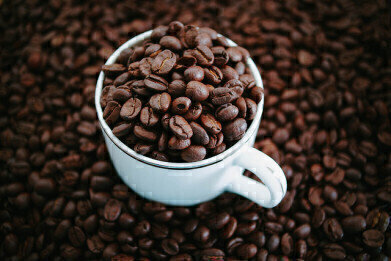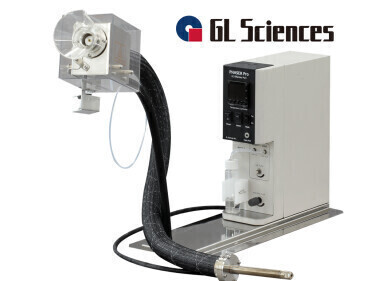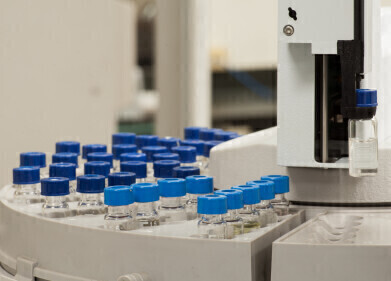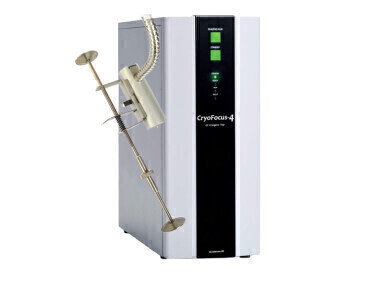GC, MDGC
Yuck! Unveiling Coffee’s Secret with Chromatography
Dec 07 2014
The taste of a freshly brewed cup of coffee is one of the first things people taste in the morning. A quick shot of caffeine delivers an essential boost, something we discussed in this recent new story: Introducing Caffeine — the New Performance-Enhancing Drug. But if you have a cold or blocked nose, coffee doesn’t always taste quite right. In fact, it can taste horrible! But why exactly?
It’s all in the nose
Our mouths can detect only five sensations: sweet, sour, bitter, salty and umami — all the other flavours we experience come courtesy of our sense of smell. That’s right, most of our sensory input from eating and drinking comes from how our food and drink smells. This is why your food tastes different when you have a cold. Try it by holding your nose as you eat something — does it taste as good with no smell?
Studies show that around 75% of what we taste comes from smell — and not through your nose. Most of the flavours we detect are from a process known as retronasal olfaction. All this means is that the molecules of what we are eating travel from the mouth to the smell detectors at the top of the nose through a passage at the back of the throat. Wine tasters make use of this to fully taste a wine — they hold the wine in their mouth to allow more of the flavour molecules to travel to their olfactory receptors — thus smelling even more of the bouquet and body. If your coffee had no smell, you would probably say it tasted unpleasant and bitter, with the bitter taste coming from the organic acids present in the coffee beans after roasting.
So what is it in coffee that makes all the different flavours — where do they come from?
It’s in the Roast
To reach our olfactory receptors the molecules have to escape from the coffee, and to do that they have to be volatile. These volatile compounds are produced when the green coffee beans are roasted. A cup of coffee from green beans would not be very flavoursome — the roasting process converts the sugars and proteins in the green coffee beans into the molecules that give the flavour and smell of coffee.
An individual bean acts like a pressure cooker, sealing in all the sugars and proteins as the temperature and pressure inside the bean increases. This allows the reactions that generate over 800 different molecules.
Flavour chemists use gas chromatography with an attached sniffer device to detect and identify flavour and fragrance molecules in coffee and many other foods. This allows them to build a library of smells, and to find out how we detect smells — and why we detect different smells.
Grab a mug of coffee and take a look at another example of how useful gas chromatography can be in detecting smells in this article: Volatile Organic Compound Determination in Health-related Research: A Review.
Image Source: Coffee Beans
Events
Mar 01 2025 Boston, MA, USA
Mar 04 2025 Berlin, Germany
Mar 18 2025 Beijing, China
Mar 25 2025 Paris, France
Mar 31 2025 Beijing, China







.jpg)







